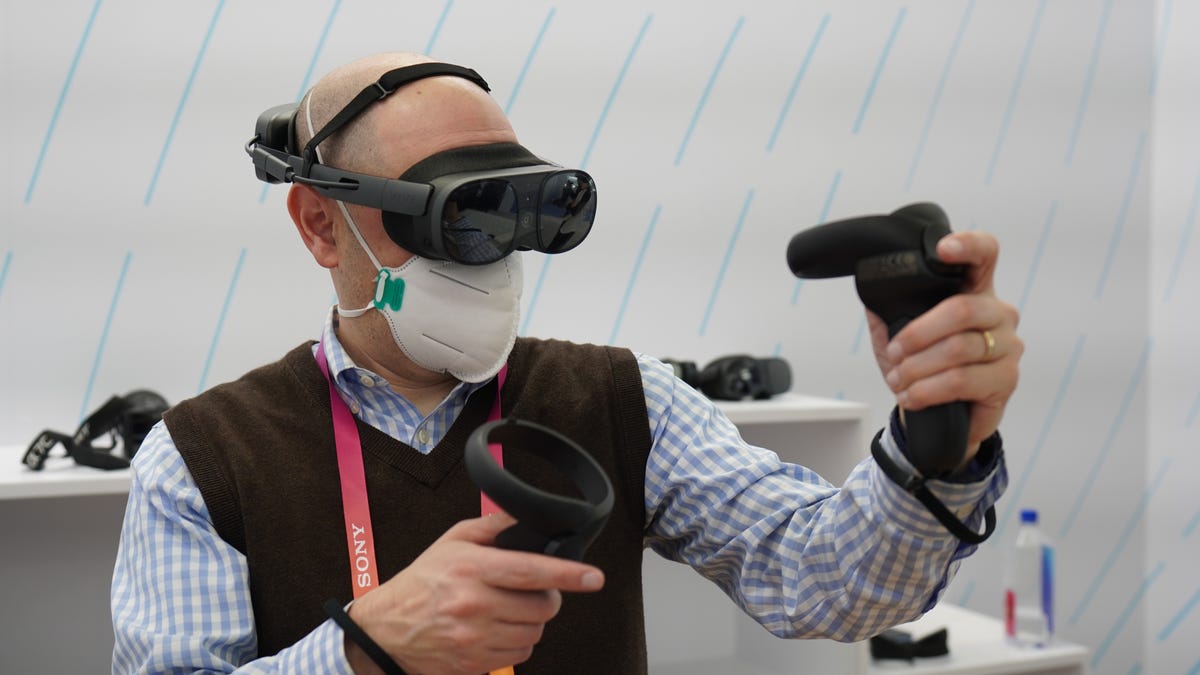What graphics card do I have? How to check your GPU and drivers

It’s important to keep your system up to date. Windows Update is, of course, your first line of defense. You always want to make sure your PC is updated, especially as new zero-day security flaws are found and patches released.
But your computer’s graphic subsystem often needs its own special attention. Whether you’re running a tower PC with a bunch of cards you installed yourself, or a sealed laptop, there’s a graphics system inside that powers your screen.
This system is called the GPU or graphics processing unit, and it’s responsible for getting frames on your screen as fast as possible.
Power gamers often spend hundreds or even thousands of dollars on GPUs. Some PCs can even run two or three GPUs at one time. For our purposes, we’ll focus on learning what GPU is installed and how to keep it updated, assuming it’s just one GPU. If you’re rocking something more complex or powerful, let us know in the comments below.
One other thing to note: The GPU is often called a graphics card because tower PCs are often built using separate cards. Laptops sometimes have gamer-quality graphics, but rather than being separate discrete cards, they’re chipsets installed on the laptop’s motherboard. In any case, they all make pixels move fast.
And with that, let’s dive in.
Also: The top GPUs from Nvidia and AMD for your next upgrade or new build
What graphics card do I have? How to check your GPU and drivers
Let’s get started look at what graphics system you’re running. This could be a separate card or the chipset in your machine. Either way, these steps work.
Tap the Windows Start button, which will give you a search and selection box.
You can also type Settings into the search bar on top if you don’t see the Settings icon.
This will give you a bunch of options for managing your displays. From here, you’ll be able to both find out what graphics card you’re using, as well as update your drivers.
You can choose your display. Some PCs have more than one display system, so you can choose that from the menu marked with the arrow. Each display system will have a graphics subsystem. If you look at mine, you can see it next to the Connected to phrase, which describes the actual graphics adapter you’re using. On my laptop, I’m using the built-in Intel Iris graphics system.
Updating graphics drivers
Now that you know what graphics system you’re running, you can download and update your drivers. We’re going to first look at how to do an automatic update. Not all graphics systems will update this way, so we’ll show you how to download drivers from some of the bigger vendors.
Staying on the Advanced Display pane, let’s get started.
1. Open Display Adapter Properties
Click the blue text link (in our case, it says, Display adapter properties for Display 1) to open the first details panel.
2. Open Driver Properties
Next, click the Properties button on the pop-up pane. This will open another pop-up, and here you want to hit the Drivers tab.
3. Try an automatic update
Click the Update Driver button and then Click Search automatically for drivers. This will cause Windows to see if it can find a new set of drivers.
Also: Yes, you can still get a free Windows 10 upgrade. Here’s how
4. Get driver status
In my case, Windows thinks I have the latest drivers. If I didn’t, Windows would invite me to install an updated set. But that’s not the only way to get to drivers. Next, we’ll look at manually downloading drivers from their support sites.
Manually downloading drivers
One of the most effective ways of updating your computer is to go to the vendors’ sites and download drivers. I usually recommend going to your PC vendor first, before the maker of the graphics adapter. That’s because drivers from the PC vendor often take into account other hardware elements of your computer that the graphics vendor may not know about. In my case, I have an Asus laptop.
1. Visit your vendor’s site
Most PC vendors have a website, and most of those sites have a Support button which usually includes drivers and other downloadable items. Here’s Asus’ version:
2. Enter the model information
Many vendor sites have you select a category of product, and then drill down to model. Just follow the prompts and give the site the information it’s asking for.
3. Visit graphics card vendors’ sites
Alternatively, visit the driver download pages for the graphics card vendors. The big three are Nvidia, AMD, and Intel. Intel offers a support assistant that checks your PC directly and recommends downloads.
Here’s Nvidia’s download page:
And here’s AMD’s download page:
Also: The best Windows laptops
4. Manually install the driver
Back at the Advanced Display pane, this time choose Browse my computer for drivers. Select the driver file you installed, and let Windows do its thing.
And there you go. Two separate ways to check and install drivers on your PC.




